
20. Interpret the Constitution or Laws

The President of the United States is considered to be one of the most powerful leaders in the world, but when it comes to interpreting the laws of the land or the constitution he or she has no say. The United States Supreme Court (SCOTUS) has the final word on interpreting laws and whether the constitution applies to certain situations.
19. Can Nominate but Not Select a Supreme Court Justice
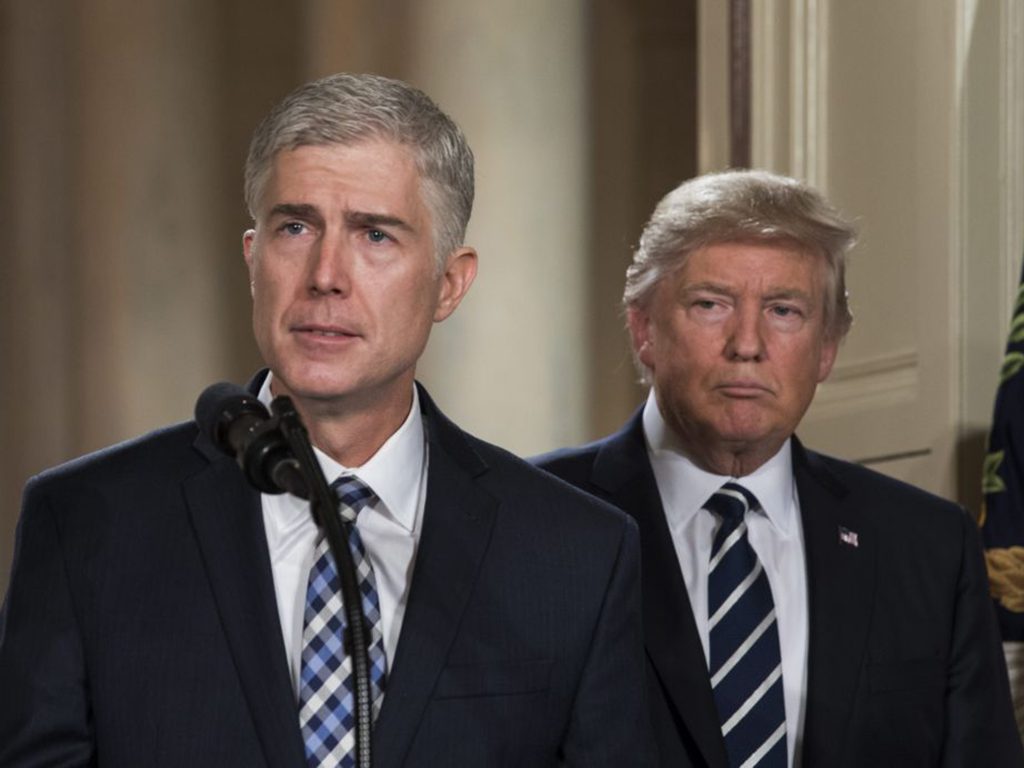
Being a member of the Supreme Court is a lifetime appointment; therefore, it’s an extremely serious matter when selecting an individual for the position. While the president can nominate a candidate to SCOTUS, he cannot appoint someone without the nominee going through the United States Senate. Recently, President Trump nominated Judge Neil Gorsuch to the Supreme Court. He was voted in by the Senate with a simple majority of 54 votes.
18. Marijuana Legalization

While many individuals would love to see nationwide legalization of marijuana, at this time the president does not have the power to do so via executive order. Marijuana would first have to be reclassified by the DEA from a controlled substance with no medical use to a medical use substance with high risk for abuse. Currently, the states have the power to legalize marijuana for medical and recreational use only.
17. Criminalize Medical Procedures
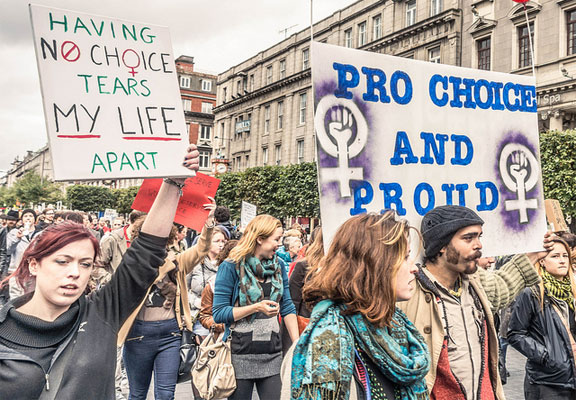
Women can breathe a sigh of relief because according to the rules and regulations in D.C., the president does not have the power to criminalize medical procedures like abortions. However, there is a caveat, because the president can withhold government funding for such procedures, which is controversial to say the least.
16. Halt Deportations
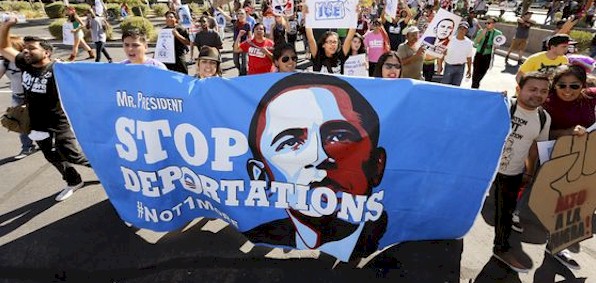
It should be noted that the President of the United States does not have the power to halt deportations of illegal immigrants or grant amnesty. President Obama tried to place a temporary ban on deportations via Executive Order and the Supreme Court blocked it. Honestly, we don’t think President Trump will be trying to block deportations in the future.
15. Open the Borders

While conservatives have feared that under Democratic leadership we could one day see “open borders,” current laws prevent the president from doing anything of the sort. Laws from 1921 limit the number of immigrants that can enter the country legally per year. The president must work with Congress to determine how many refugees can enter the country on a yearly basis.
14. Driving is Discouraged
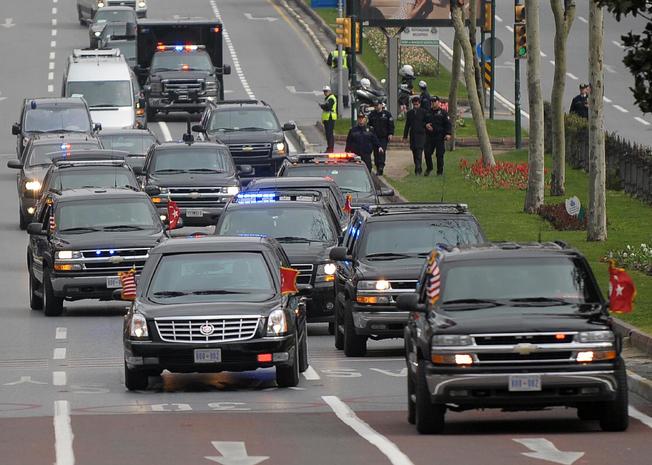
Even though the president holds a powerful position of leadership, the Secret Service rarely allows the president to drive. This is all due to safety reasons. However, in some controlled situations the president can drive—like in a golf cart.
13. Enforce Federal Education Standards

The individual states hold the power when it comes to determining their educational curriculum. Every state has the right to accept or reject federal education guidelines, such as Common Core and No Child Left Behind. However, it’s important to note this decision also impacts federal funding.
12. Forgive Student Loan Debt

As nice as it would be for the president to wave a magic wand and eliminate all student loan debt, the job simply doesn’t have the power to do so. Even former President Obama’s loan forgiveness program requires 10-20 years of payments, and even then, not everyone will qualify.
11. Earn Outside Income in Addition to Government Salary
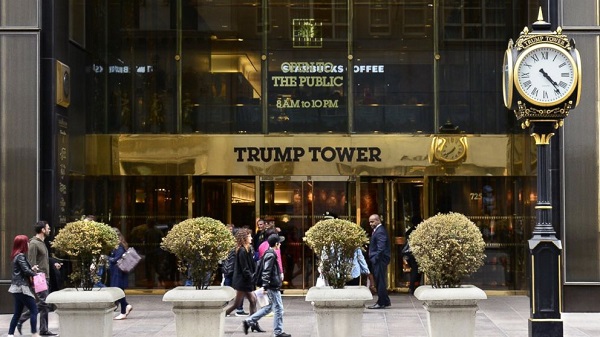
According to our current laws, the President of the United States must place all investments into a blind trust until he or she leaves office. This issue has been a debacle for President Trump and his business endeavors locally and overseas. He has refused to place anything into a blind trust, allowing his two sons to run the family business instead. This has brought up ethical reviews into his business dealings and possible ties to Russia.
10. Break the Law

Just because the president holds a position of power does not mean he or she can break the law and do as they please. All laws apply to the President of the United States and if laws are broken, Congress can choose to vote for impeachment. If impeached, the Senate will act as a court to place the president on trial. Former President Bill Clinton was impeached by Congress, but he was not convicted by the Senate.
9. Expand or Reduce Welfare Programs
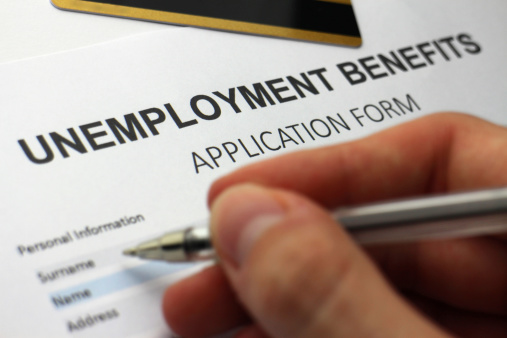
Any type of welfare reform has to go through Congress first in the form of a bill or as part of a budget. While the president can propose new laws involving welfare, he or she can’t enforce them. It’s up to Congress and the Senate to decide if the law is worth pursuing.
8. Executive Orders Aren’t A “Do Whatever You Want” Pass
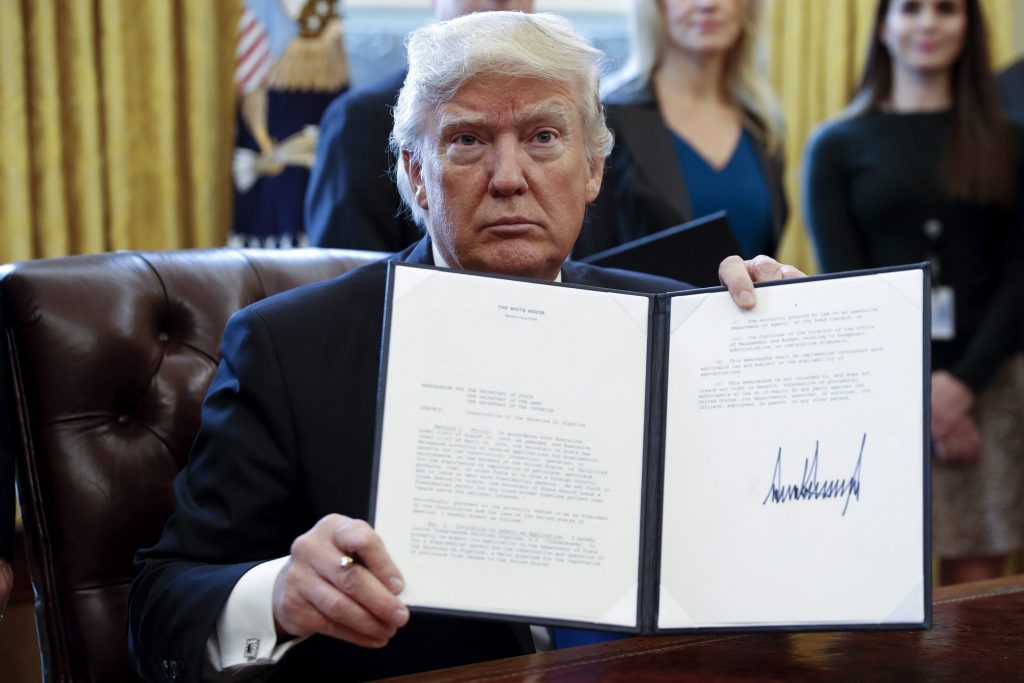
Despite the fact that President Trump has tried to push through whatever he wants via Executive Orders, he’s learned real quick that there are “checks and balances” on what a president can or cannot due. If the POTUS oversteps, Congress, SCOTUS and even the people have a right to petition for a ruling against the president.
7. Seize All Firearms
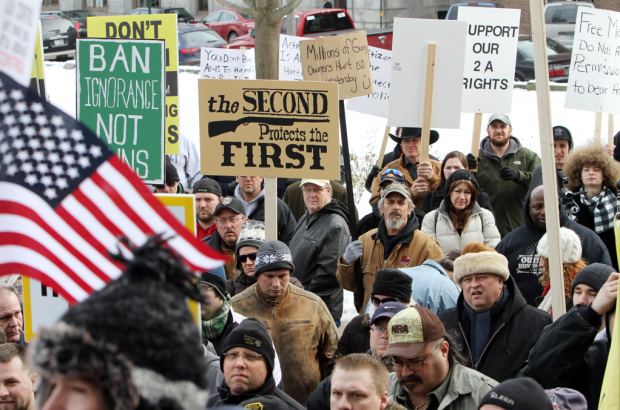
Many gun-loving folk have feared that an anti-gun president could take away their private firearms; however, that’s not possible. Even if the president were to declare a State of Emergency, the president nor local military/police can seize anyone’s personal firearms. There would need to be a legal cause or reason to justify such action.
6. Rescind the Legalization of Gay Marriage
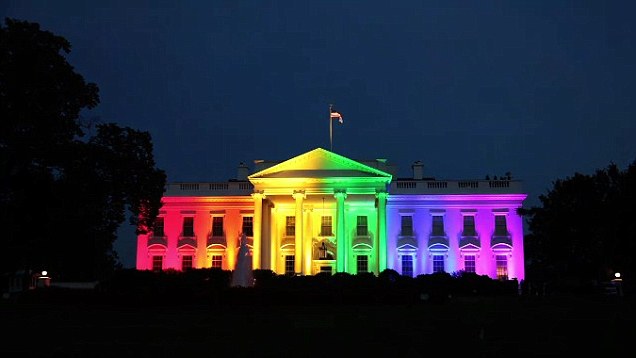
In 2015, the Supreme Court ruled that gay marriage was a constitutional right. This resulted in gay marriage becoming legal in all 50 states and striking down laws in states that banned marriage for same-sex couples. Many members of the LGBT community have feared that under the Trump administration, gay marriage could be once again made illegal. Thankfully, the president doesn’t have that power. The ruling would have to be challenged in the lower courts and then moved up to the Supreme Court for another ruling, a process that is unlikely to go very far.
5. Shutdown the Government
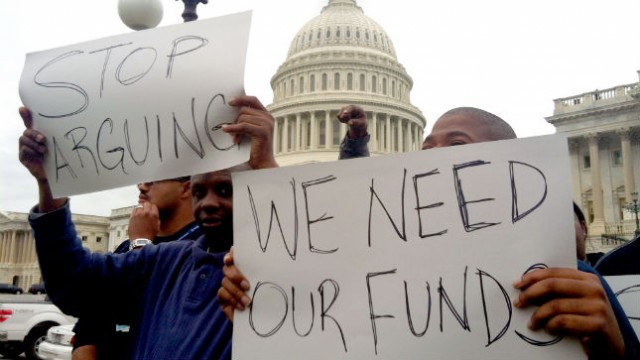
Any shutdown of the government falls directly on the House of Representatives and the Senate. The president is unable to do anything in regards of a government shutdown. When the government shutdown in 2013, it was a direct result of Congress and the Senate being unable to make an agreement on the proposed budget. President Obama had absolutely nothing to do with it.
4. Provide Additional funding for NASA

While the United States Space Program has seen massive budget cuts over the last decade, the president cannot authorize additional funding. All funding for NASA lies with Congress due to it being a budget issue. The president can only propose acts and outline new budgets that includes more funding; however, it must pass Congress and the Senate.
3. Repeal Obamacare

The fight to save the Affordable Health Care Act has been a focal point since President Trump took office and is not something that is going to go away anytime soon. However, one thing is certain, the president cannot repeal and replace it on his own due to it already being law. In order for a full repeal, both the House and the Senate must pass a bill. Currently, the House has successfully passed a repeal and replacement plan, with all eyes now on the Senate to see if it is able to get a majority vote as well.
2. Declare War on Other Countries

The President of the United States does NOT have the power to formally declare war. That power is solely in the hands of Congress and is not shared with the president. The president is only involved with signing the Declaration of War.
1. Change the Constitution

Our Founding Fathers ensured that changing the constitution was a multiple-step process and not something a president could amend on a whim. In order for the constitution to be officially changed, a Constitutional Amendment must be drafted by a state or by Congress. It then must receive 2/3 of the vote in Congress before being passed onto the states, where ¾ of the states must agree. In our history, this has only happened 27 times thus far.








